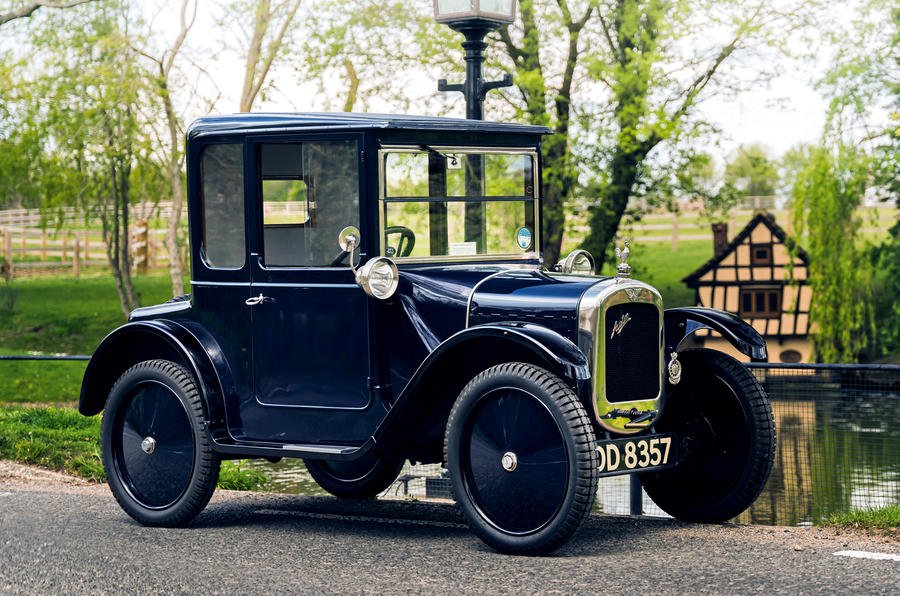With the long-dreamed-of £100 car an actuality by the 1930s, we wondered if it would be possible to create one costing just £75 (that’s £3570 in today’s money).
Today, even a basic Dacia offers infotainment and air-con, and in 1931 we believed people similarly wouldn’t buy without essentials – namely detachable wheels, electric lights and a self-starter, although they might not have minded a speedometer being an option…
We also saw that our car mustn’t be appreciably smaller than the Austin Seven – a Lilliputian 3.0m long and 1.6m wide – or inflict “slow and lifeless” performance. Also, in terms of design, “it must not be apparent that this is a very cheap car, for snobbishness is the most prevalent of human frailties”.
Our ideas to cut costs included not fitting a front axle beam and keeping the frame (two channels with a few cross members) ultra light by rear-mounting the engine. This itself would be a 1.0-litre valveless two-stroke V-twin, “at least 50% more powerful than its rivals at slow speeds”.
A chain would drive the dynamo and distributor, while an extension of the dynamo shaft would drive the water-recirculating pump – desirable because the engine would be 7ft behind the radiator.
The clutch would live in the flywheel, while a pair of helical gears would drive the ’box at two-thirds speed and a slow-running chain to the rear axle would complete the transmission.
UK industry stays strong
We received a letter from a patriotic reader proudly defending British car makers, having noted that the US industry had expected the Great Depression to have a greater impact over here than it did. In 1930, the UK built 236,528 cars, a fall of just 1% on 1929 and far more than the 170,000 predicted by our US cousins after production slumped 40% to 3,356,000 units across the Atlantic.
Notícias Relacionadas

